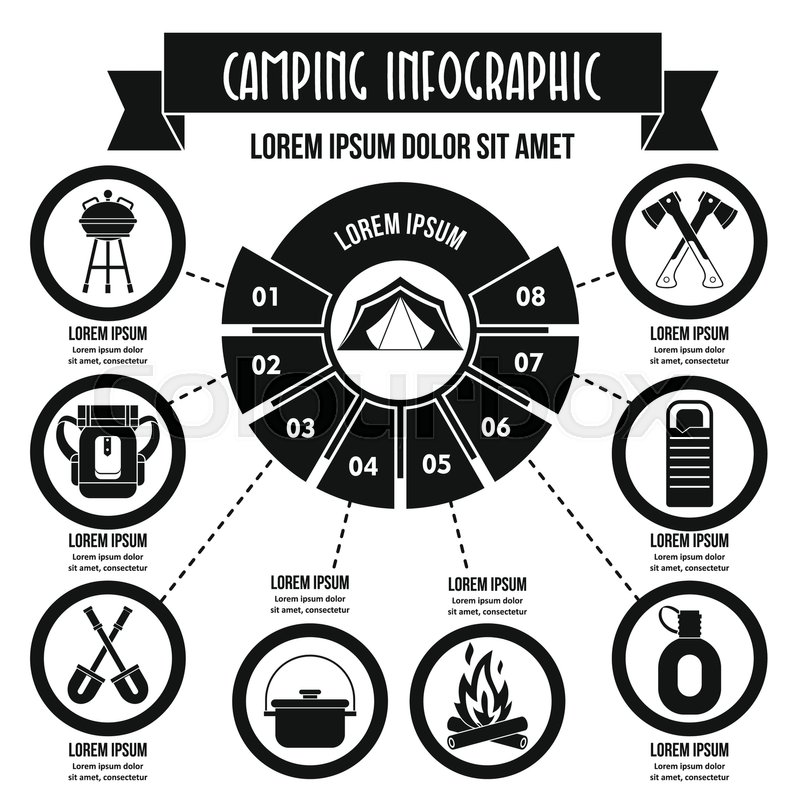Wintertime outdoor camping is an enjoyable and daring experience, however it needs correct equipment to guarantee you remain cozy. You'll need a close-fitting base layer to catch your body heat, along with a shielding coat and a water resistant covering.
You'll likewise need snow stakes (or deadman anchors) buried in the snow. These can be tied using Bob's smart knot or a routine taut-line hitch.
Pitch Your Tent
Winter camping can be a fun and daring experience. Nonetheless, it is important to have the proper gear and recognize how to pitch your tent in snow. This will certainly protect against cool injuries like frostbite and hypothermia. It is likewise vital to consume well and remain hydrated.
When setting up camp, ensure to pick a site that is protected from the wind and devoid of avalanche threat. It is likewise a great idea to pack down the area around your outdoor tents, as this will help reduce sinking from body heat.
Prior to you established your outdoor tents, dig pits with the very same size as each of the anchor points (groundsheet rings and person lines) in the facility of the outdoor tents. Fill these pits with sand, stones and even things sacks full of snow to small and safeguard the ground. You might additionally want to think about a dead-man support, which entails linking outdoor tents lines to sticks of timber that are buried in the snow.
Pack Down the Area Around Your Tent
Although not a requirement in a lot of areas, snow stakes (also called deadman anchors) are an exceptional enhancement to your outdoor tents pitching kit when camping in deep or compressed snow. They are essentially sticks that are created to be hidden in the snow, where they will certainly ice up and develop a solid support factor. For best results, use a clover hitch knot camping on the top of the stick and bury it in a few inches of snow or sand.
Set Up Your Camping tent
If you're camping in snow, it is a great idea to utilize a camping tent created for winter months backpacking. 3-season outdoors tents function fine if you are making camp listed below timberline and not expecting specifically extreme weather, but 4-season outdoors tents have stronger posts and materials and use even more defense from wind and hefty snowfall.
Be sure to bring sufficient insulation for your sleeping bag and a cozy, completely dry inflatable floor covering to sleep on. Inflatable floor coverings are much warmer than foam and assistance prevent chilly spots in your outdoor tents. You can likewise include an additional mat for resting or cooking.
It's likewise a good idea to establish your camping tent close to a natural wind block, such as a team of trees. This will make your camp extra comfortable. If you can not find a windbreak, you can create your own by excavating holes and hiding objects, such as rocks, camping tent stakes, or "dead man" supports (old outdoor tents man lines) with a shovel.
Restrain Your Camping tent
Snow risks aren't required if you make use of the right methods to secure your camping tent. Hidden sticks (maybe accumulated on your approach walking) and ski posts work well, as does some version of a "deadman" hidden in the snow. (The idea is to produce a support that is so strong you will not have the ability to pull it up, despite a great deal of initiative.) Some producers make specialized dead-man supports, yet I prefer the simplicity of a taut-line drawback linked to a stick and then buried in the snow.
Recognize the terrain around your camp, specifically if there is avalanche threat. A branch that falls on your tent might harm it or, at worst, wound you. Also be wary of pitching your outdoor tents on a slope, which can trap wind and cause collapse. A protected location with a low ridge or hill is much better than a steep gully.
